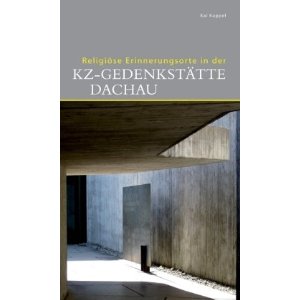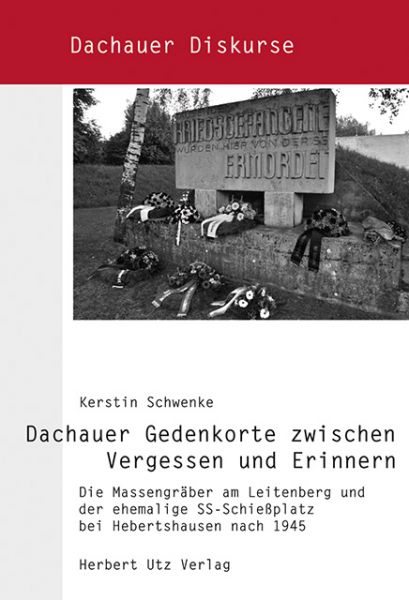Literature tips – Newsletter 3 – 2012
Literature tips
 |
Beimler, Hans: Im Mörderlager Dachau. Edited, commented and with a biographical sketch by Friedbert Mühldorfer. Cologne: PapyRossa Verlag 2012Shortly after his hazardous escape from the Dachau concentration camp in May 1933, the Bavarian Communist and Reichstag deputy Hans Beimler wrote about his ordeal. His published account was translated into several languages, quoted in international newspapers – and in Germany circulated illegally. With his report Hans Beimler hoped to galvanize resistance against the Nazi dictatorship in Germany and abroad. He worked underground for the Communists in France, Czechoslovakia, and Switzerland before going to Spain and fighting on the side of the International Brigades against Franco. Hans Beimler was killed on December 1, 1936 near Madrid. For the first time his report is published in
|
||
 |
Kappel, Kai: Religiöse Erinnerungsorte in der KZ-Gedenkstätte Dachau. With an essay by Björn Mensing and Ludwig Schmidinger. Berlin: Deutscher Kunstverlag 2010Established in March 1933 and so one of the very first concentration camps, Dachau has remained a synonym for the inhuman Nazi apparatus of repression down to the present day. Almost immediately after liberation plans were formulated to alter the Dachau camp grounds by erecting Christian symbols and churches. Between 1960 and 1967, in the context of setting up the Memorial Site, “places for meditation” were set aside in the northern area of the former camp: the Catholic Mortal Agony of Christ chapel, a Jewish memorial, and the internationally known Protestant Church of Reconciliation. The Carmelite convent “Heilig Blut” as well as a Russian Orthodox chapel followed. These religious places of remembrance in the Dachau camp stand for the earnest intent to commemorate the victims of National Socialism. Their complex building histories as well as their artworks are presented together for the first time in this richly illustrated publication.
|
||
 |
Osterloh, Jörg; Vollnhals, Clemens (eds.): NS–Prozesse und deutsche Öffentlichkeit. Besatzungszeit, frühe Bundesrepublik und DDR. Göttingen: Vandenhoeck & Ruprecht 2011 (= Schriften des Hannah-Arendt-Instituts für Totalitarismusforschung; vol. 45)In 20 articles the authors examine reactions in the German public to the prominent trials against Nazi culprits which took place during the years of occupation and the early period of the FRG and the GDR, held before Allied and German courts. They reveal the differences and interaction between criminal prosecution in the East and the West and show how the public perception of the trials in the West zones and later the Federal Republic developed with all its contradictions and inconsistencies. Initially a degree of latitude was also granted to courts in the Soviet zone, only for the justice system and the public domain to soon fall under the dictates of Communist Party propaganda.
|
||
 |
Schwenke, Kerstin: Dachauer Gedenkorte zwischen Vergessen und Erinnern. Die Massengräber am Leitenberg und der ehemalige SS-Schießplatz bei Hebertshausen nach 1945. München: Utz 2012 (Dachauer Diskurse; vol. 6)Besides the Dachau Concentration Camp Memorial Site opened in 1965, which is frequented by several hundred thousand visitors from around the world annually, there are two further less well-known places of remembrance in Dachau: the Memorial Cemetery on the Leitenberg and the former SS shooting range near Hebertshausen, where some 4,000 Soviet prisoners of war were murdered in 1941/42. Published in the “Dachauer Diskurse” series, the present study shows how the forms of remembrance have changed over the decades at both locations. |
